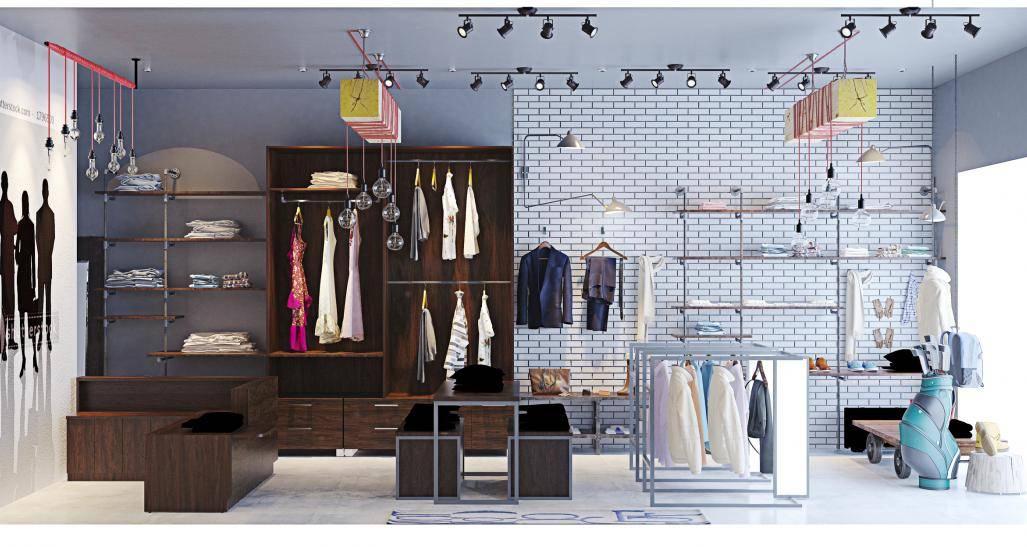We all know that humans are highly visual. Eighty percent of the sensory information the brain receives comes from our eyes, which means if you want to gain and keep people’s attention, you need to show them something visually attractive and stimulating.
This is where retail design comes in. If you’re a running a brick-and-mortar store, it’s important that you take some time to thoughtfully arrange merchandise to maximize conversions.
Here are some key tips to bear in mind when it comes to retail design:
1. Create an immersive experience
Great retail design isn’t just about a well-curated display or attractive visual merchandising; it’s about the experience that you create using the various components of your store.
When cooking up retail design ideas, make it a point to think about the big picture. What’s the overall experience that you’d like shoppers to have? What feelings do you want to evoke? The answers to these questions will help you craft retail designs that make a strong impression on your customers.
2. Set your layout based on the flow of traffic in-store
You want people to see your best and most enticing products or displays first, so you’ll need to know where they go or turn to when they enter your shop. Do they tend to move to the left or right? Where do their eyes go? These are just some of the questions you should ask when merchandising your store.
3. Don’t put merchandise in the decompression zone
Avoid putting too many products or signs near your entrance (aka: the “decompression zone”). Shoppers in this part of the store likely still adjusting to the new environment, so they tend to miss any items or fixtures in this area.
4. Make your retail display design larger than life
It often takes big, bold initiatives to grab people’s attention, and the same thing can be said for retail displays.Depending on the theme of your display, it may make sense to incorporate large elements into your design.
5. Throw QR codes into the mix
If you’re social distancing in-store, consider adding QR codes to your display deisgn. QR codes have made quite a comeback in 2020, because they served as a good solution for more hygienic customer interactions.Many restaurants, for example, displayed QR codes on their table tops rather than handing menus to diners.
A similar principle can be applied to retail. If you’d like to minimize face-to-face interactions between guests and staff, add QR codes to your displays and posters, that customers could scan if they wanted to learn more about your products or store.
Retail design has always been an essential component of any store strategy, but these days, it’s more important than ever before. The Retail landscape is a lot more competitive and the best strategy to win is to create experiences that set you apart from other shops. Having a strong retail design strategy helps you accomplish that and more.


